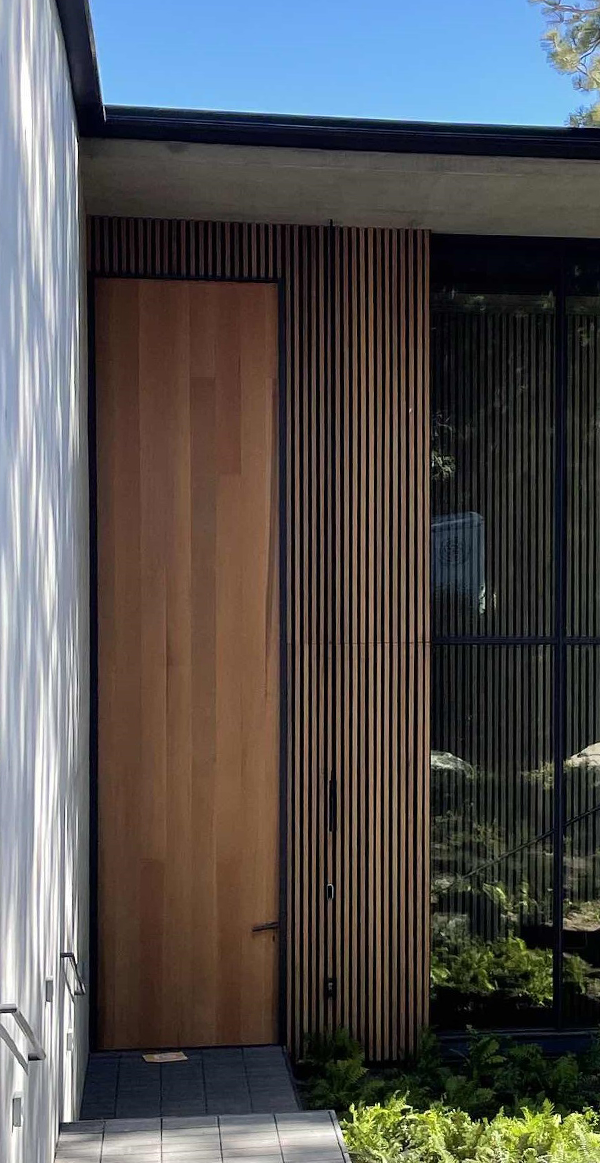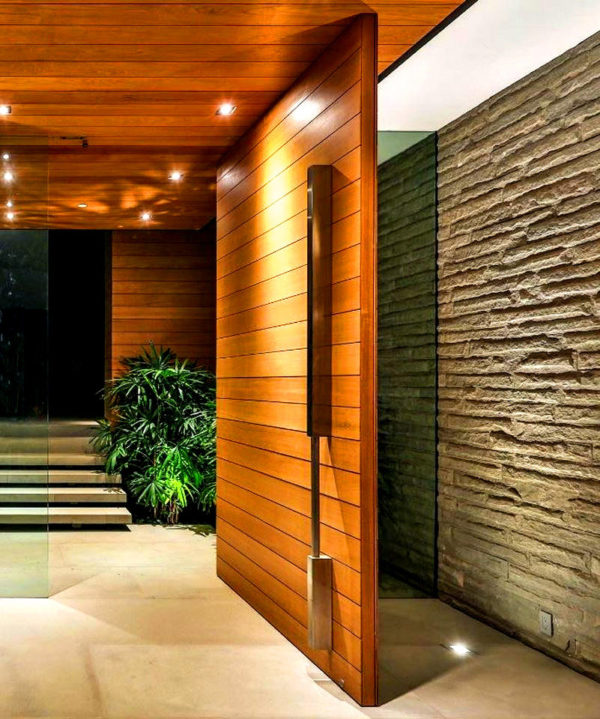 Hinged Door vs Pivot Door
Hinged Door vs Pivot Door
Many different styles and designs fill the door industry, and two of the most popular are hinged doors and pivot doors. They may sound similar, but they have fundamental differences in their operation and design that set them apart. Both are great options, but let’s go over what each style is, and when you may or may not want to use it.
What is a Hinged Door?
This is what most people think of first when they think of a door. The classic barrier held up on 2-3 hinges on one side. These doors are the classic choice for a reason; they’re easy and they work. Hinged doors have been around since 1600 B.C., over 3,600 years ago. The hinges attach to both the wall and the door itself, allowing it to swing open and shut freely. There are many benefits to hinge doors, one of which being how universally understood they are. Hinged doors can usually be installed rather easily, are simple to operate, and most maintenance can be done by the home or business owner. In addition, for many small to standard sized doors, hinges work great.
The downsides to hinged doors mostly revolve around the hardware and opening mechanics. Hinges have several points where they can bend, break, or seize up, and that would cause the door to cease operating or be severely limited in its functionality. The door rests entirely suspended by the hinges. This means there is constant pressure pulling away from them, and depending on the size and weight of your door, this can turn into a big problem. A squeaky hinge is one thing, but a broken hinge causes the door to be completely inoperable in some cases, and usually leads to the other hinges breaking soon due to the increased weight on them.
Hinged doors are still fantastic options for many situations, but when it comes to large and heavy doors, they present some potential problems.
 What is a Pivot Door?
What is a Pivot Door?
Pivot doors at first seem to function much like hinged doors. They pivot open from one side, and can look nearly identical. However, where hinged doors use hinges to mount to the wall, pivot doors have a slightly more unique mechanic.
Pivot doors usually are mounted from the top and bottom near one side of the door, as opposed to the side. This attachment can be imagined as a pole running through the door, and the door rotates around said pole. This is just a simple explanation, though, as pivot doors can be attached in many different ways. A pivot door opens up in a similar fashion to the hinged door, but is often far smoother to operate and present a more unique visual, given the door is actually rotating away from the wall on both sides.
Pivot doors are much more stable choices when it comes to large and heavy doors, and standard sized doors as well. Because they are not attached and completely suspended from one side, they have far less impact on their hardware. In addition, pivot doors are usually made with more resilient hardware to begin with, so your door will remain beautiful and functional for a very long time.
The downsides of a pivot door mainly revolve around the maintenance and installation, as they are far more specialized entryways. Pivot doors often need a trade professional to install, and should anything happen to the door, maintaining its operating point can be far more difficult.
To alleviate the problem with both doors, we suggest using Sing Core for your pivot and hinged door panels! The lightweight and resilient nature of Sing Core significantly lowers the risk associated with these doors and leaves you with a fantastic door guaranteed for 50 Years.
